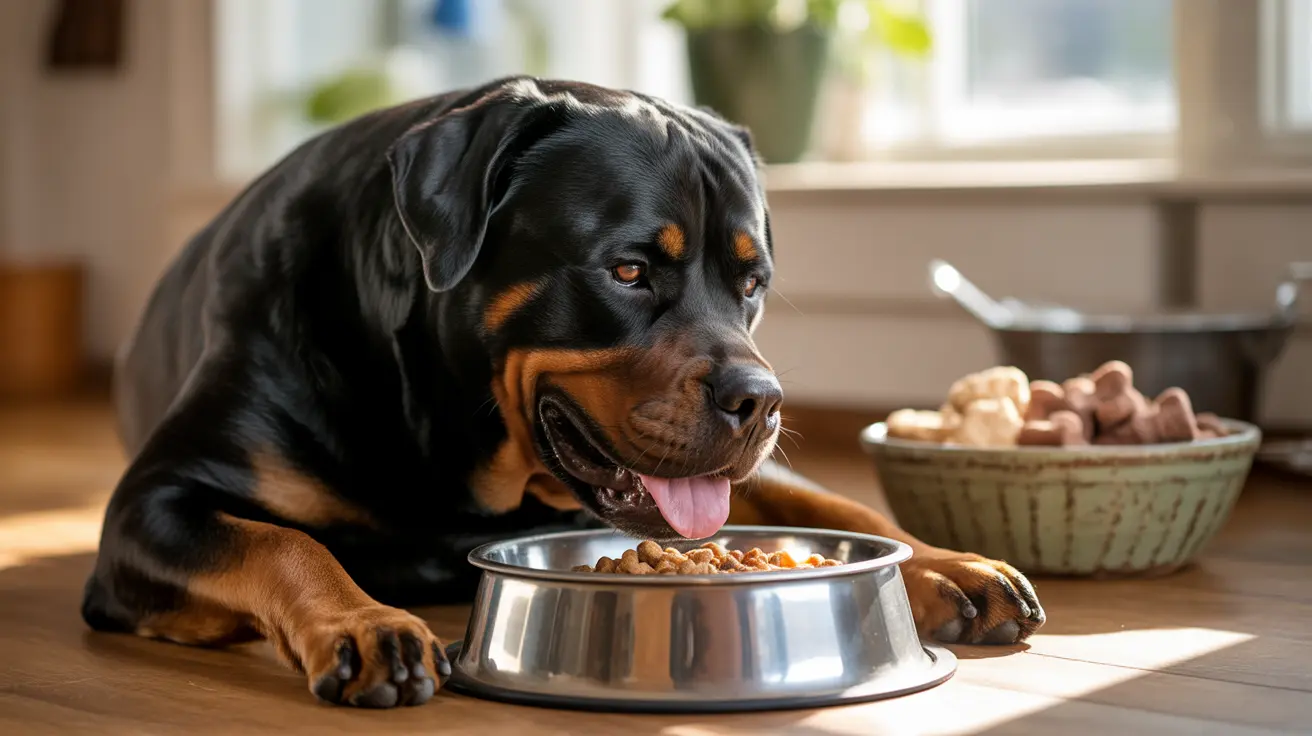Why Raisins Are Dangerous for Dogs: Understanding the Risks
Raisins—along with grapes, sultanas, currants, and tamarinds—pose a serious toxic threat to dogs. While they may seem like a harmless snack, even a small amount can trigger acute kidney failure, sometimes proving fatal. The reason lies in a compound called tartaric acid, which dogs appear especially sensitive to. The reaction is idiosyncratic, meaning not all dogs will be affected in the same way, and no safe dose has been established.
What Makes Raisins Toxic to Dogs?
The exact mechanism by which raisins cause toxicity wasn't fully understood until recently, but evidence increasingly points to tartaric acid as the culprit. Found naturally in varying concentrations in grapes and their dried counterparts, tartaric acid can severely damage a dog’s kidneys. Other derivatives like cream of tartar and tamarind have also been linked to similar renal damage in dogs.
Clinical Signs of Raisin Toxicity
Symptoms of raisin poisoning usually develop within a few hours of ingestion and can progress rapidly. Initial signs include:
- Vomiting and diarrhea
- Loss of appetite and lethargy
- Increased thirst and urination
As the toxins begin to affect kidney function, more severe symptoms may emerge:
- Dehydration and abdominal pain
- Reduced or no urination
- Bad breath, often with an ammonia odor
- Weakness and collapse
If left untreated, kidney failure usually develops within 24 to 72 hours after ingestion, with dire consequences.
Unpredictable Nature of Toxicity
One of the alarming aspects of raisin toxicity is its unpredictability. Some dogs can ingest many raisins with no apparent effect, while others may suffer severe toxicity after eating just one. The reaction does not appear to depend on:
- Fruit type (seeded vs. seedless, red vs. green)
- How the fruit was processed (organic vs. non-organic, fresh vs. dried)
- Form of ingestion (fruitcake, cereal, cookies, etc.)
Given this unpredictability, any ingestion should be taken seriously.
How Is Raisin Poisoning Diagnosed?
There are no specific lab tests to detect raisin toxicity. Diagnosis is usually based on:
- History of ingestion
- Presenting clinical signs
- Laboratory evidence of kidney injury, including elevated creatinine and BUN levels
Emergency Treatment Protocol
If you suspect your dog has eaten raisins or any related fruits, immediate veterinary attention is crucial. The typical treatment involves:
- Inducing vomiting (if ingestion was recent, ideally within 1–2 hours)
- Administering activated charcoal to reduce toxin absorption
- Intravenous fluid therapy—usually for at least 48 hours—to support kidney function
- Medication to manage symptoms and prevent further damage
- Monitoring through repeated blood and urine tests to track kidney activity
Dogs that receive prompt care before severe symptoms develop often recover fully. However, if a dog develops oliguria (reduced urination) or anuria (no urination), the prognosis worsens significantly, even with advanced treatments like dialysis.
Foods and Substances to Avoid
Apart from raisins and their related fruits, several other human foods are dangerous for dogs:
- Chocolate and coffee
- Onions and garlic
- Xylitol (a sugar substitute)
- Alcohol and raw dough
- Macadamia nuts and excessive salt
Prevention is the best cure. Always store grapes, raisins, fruit treats, and baked goods containing them out of your pet’s reach. Dispose of such food waste securely to avoid accidental ingestion.
Cats, Ferrets, and Other Animals
While the evidence of toxicity in cats and ferrets is less conclusive, it’s still advisable to avoid giving them these fruits. Interestingly, species like coyotes and jackals seem to safely eat grapes, suggesting a species-specific reaction.
Takeaways for Responsible Pet Ownership
- All ingestion of grapes, raisins, or similar fruits by dogs is a medical emergency.
- There is no safe threshold; even a single raisin can be life-threatening.
- Act quickly—veterinary intervention before symptoms develop offers the best chance of recovery.
- Educate family and guests about the dangers of sharing certain foods with pets.
- Consider pet health insurance or an emergency savings plan to cover unexpected veterinary costs.
Being aware of the hidden dangers in everyday foods is part of being a responsible pet owner. By staying informed and vigilant, you can help ensure your dog lives a long, healthy, and safe life.





